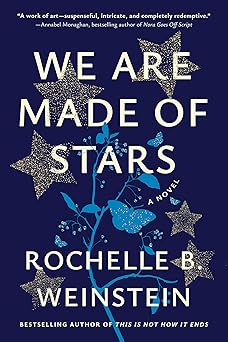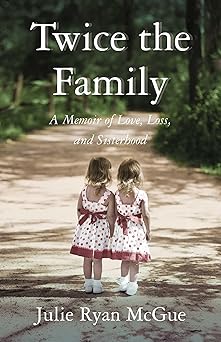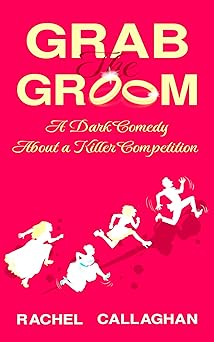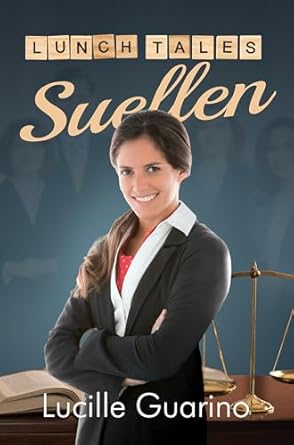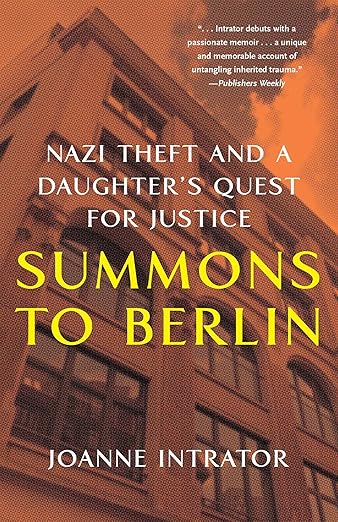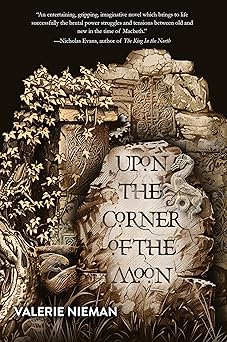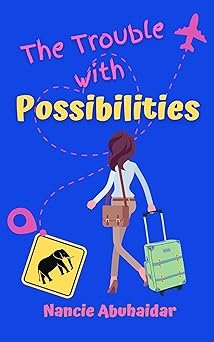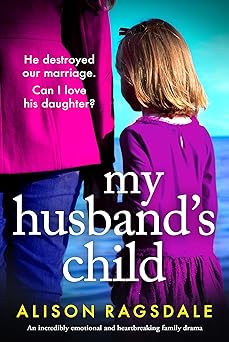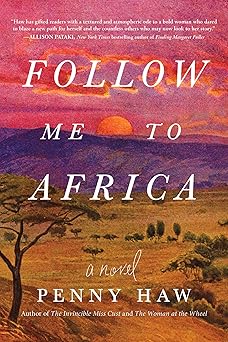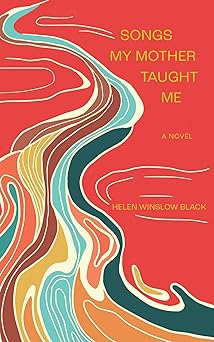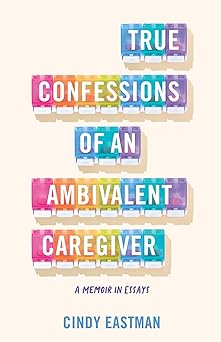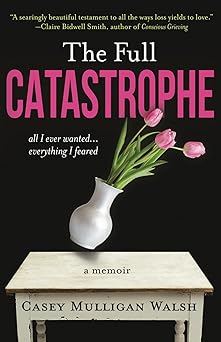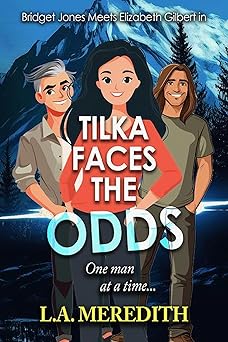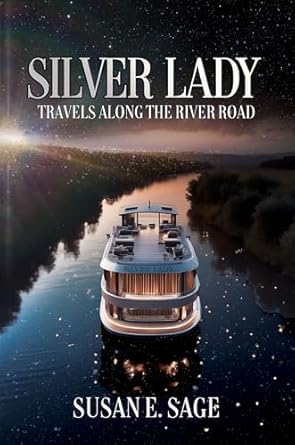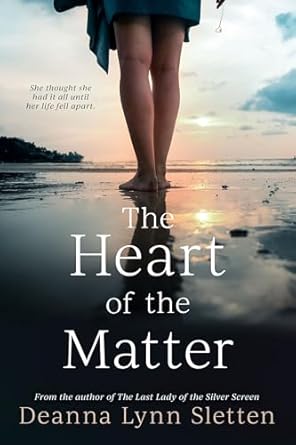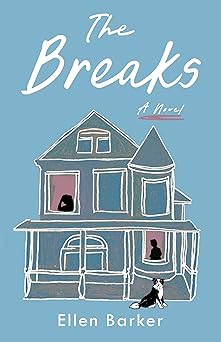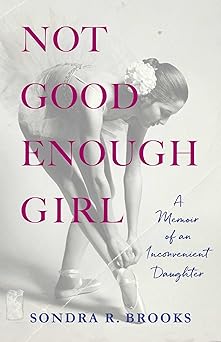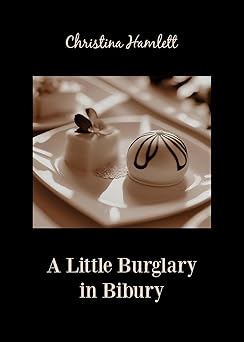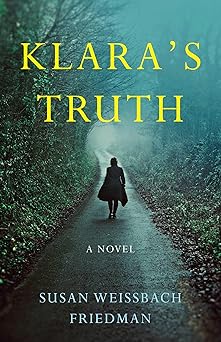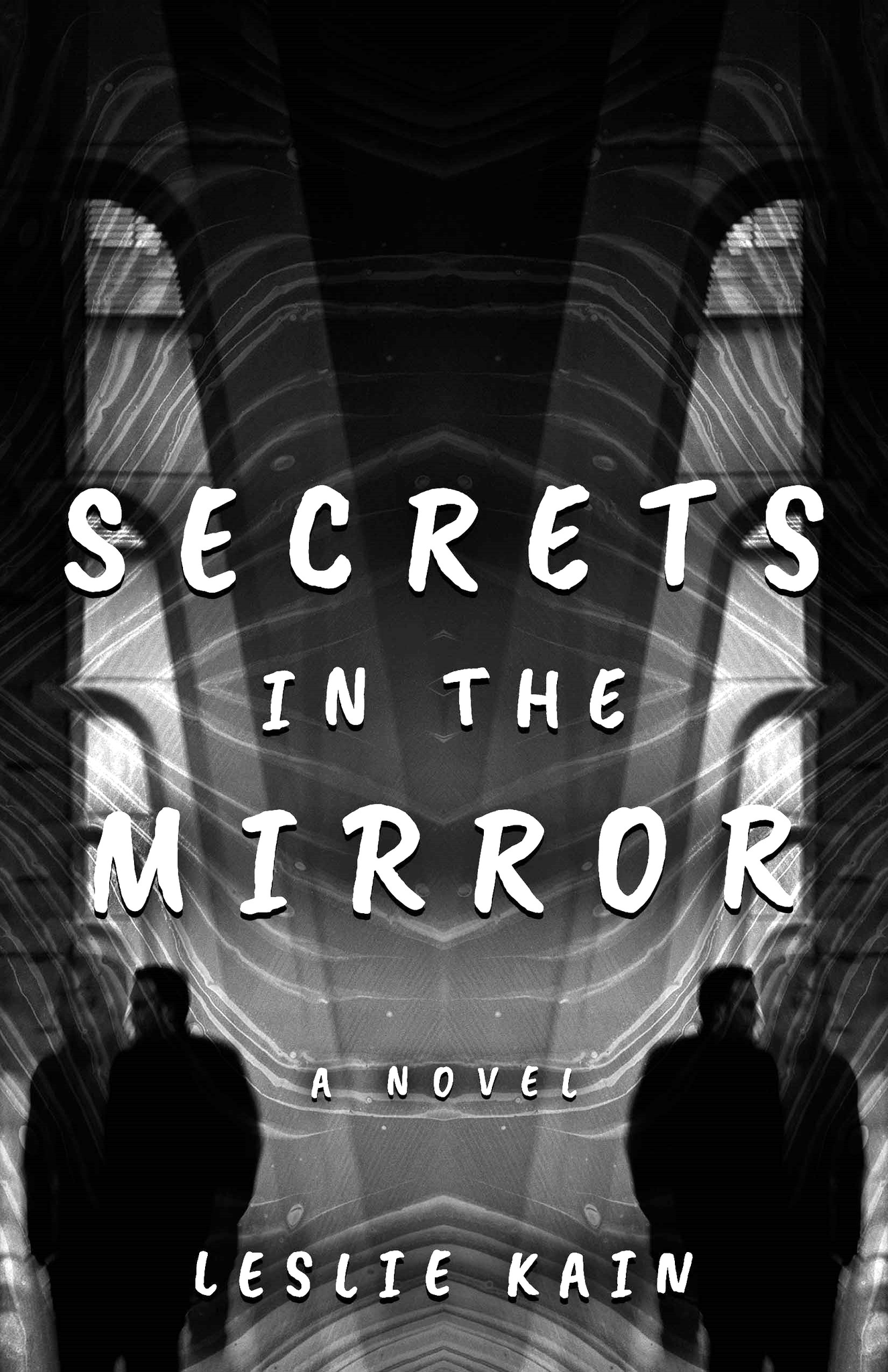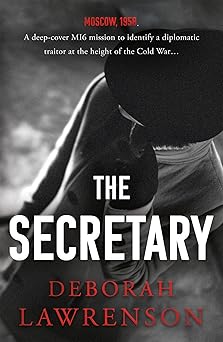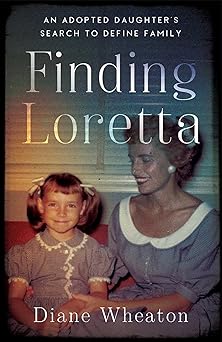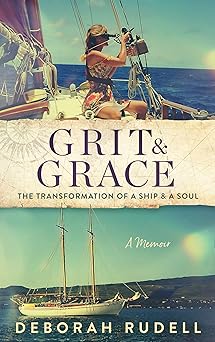One Dangerous Liberty
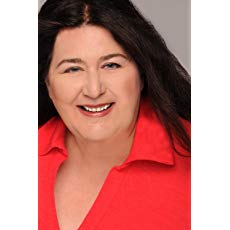 We who write stories are damn brave.
We who write stories are damn brave.
We spin out people with whom we live in almost every moment of our lives. We create their world. They create ours. We take them places. They take us. We live with them, fuss over them, argue with them, let ourselves be surprised by them. We dive into their lives, and they swim in ours. Through drafts, through editing, through copyediting, through proofing of page proofs, until it’s finally over, and the book’s out there and other people are reading it – the characters are all ours. And just as readers are getting to know them, we have lost them.
That’s when writers get lonely.
And that’s where I am now. Between books. Between universes. Letting go and thinking about what’s next, and nothing’s right.
I’m not entirely sure what to do with myself. I think I’m onto something, but it vanishes. Doesn’t work. Like a good lover you’ve loved for years, now gone for whatever reason, no one else really measures up. But someone will. It takes time.
I’d finished one book that took six years (Banished From Memory). It came out this past May. I’d been living with the Fletcher family, an acting family like the Barrymores, living it up in the movie star world of 1960 Hollywood with the blacklist as a villain in the background that grew larger and larger. Dianna was sixteen when the book started, famous, lovely, unhappy as teenagers are. She bumped into Bill. He made her unhappier until they both challenged each other as actors and as people. Then Dianna found out about Alice, and…
Oh, no, you don’t, guys. You don’t live here anymore!
It took some time to shake them off; the easiest thing is to start the sequel, but oh, no you don’t!
Do something new, Sheeran.
Suddenly (what a bad transition!), an editor sent me a contract for a novel that I had written years ago, A Dangerous Liberty.
Suddenly, I had to bring myself up to speed with a book that I had almost forgotten. Editing, page proofs – and, wow – I remember those people.
Suddenly, I was only thinking about them. They had always been a part of me; how could I have forgotten them? We had a grand reunion. I’d spent a few years researching and writing, plotting and scheming – I schemed more with this book than with any other, did things just for fun.
How could I have forgotten this book?
You never forget them, really, even when you think they’ve gone away for good.
I remembered, too, that I created A Dangerous Liberty because my heart was broken.
Not the way you’re thinking. Or maybe you are.
I will almost bet that one or more of your books has broken your heart.
Mine was Who Have the Power.
That book was the culmination of several years of reading about the history that’s the background for both books, Who Have the Power and A Dangerous Liberty – the big bonanza, the greatest silver discovery on this continent that effectively won the US Civil War for the North. Who Have the Power took a long time to coalesce because historical novelists are hampered by history, by the research provided by the academic world. It took some effort and discernment to imagine women’s perspective when the available works were written by men with their own “understanding” of women.
I’d gotten interested in the Comstock Lode and Virginia City, Nevada when I was a wee child, and only because my parents watched the television show Bonanza, ostensibly set near the Comstock Lode and Virginia City. The Cartwrights were a father and his sons living on a big ranch (the Ponderosa) in Nevada. They “came on” every Sunday night, in “living color,” years before most television shows went to color. I couldn’t let go of the show, although as I grew older, it started to annoy me. Their view of women, in particular, bugged me.
Originally, I fell in love with the strong, silent man in black, oldest son Adam Cartwright, played by Pernell Roberts. I was devastated when he left after the sixth season. Still, I clung on, even though I agreed with Roberts’s criticism of repetitive, mediocre scripts.
Bonanza lasted from 1959 to 1973, a generation.
As the series aged, so did the actors. Forty-year-old men played twenty-something-year-old sons of a man barely ten years older than they were. Women guest stars died off or rode into the sunset at the end of an episode; the producer did not want any women on the show because, and I’m not making this up, the characters each had to be self-sufficient. I was aging, too, and I found the show increasingly tiresome. Yet, I still watched it, drawn by the magic of its setting, the beauty of Lake Tahoe and the Sierra, and a curiosity about where the women were. (Some were over on ABC; I wandered over to another western, The Big Valley, that starred a matriarch – played by Barbara Stanwyck – who had three sons and a daughter.)
Ah, television. What it does.
In high school, I wrote stories about a girl cousin who went to live with the Cartwrights in the land of the Ponderosa Ranch and Virginia City. I filled twelve marble notebooks with picaresque adventures of Debby Cartwright and her girlfriends and their dreams and how they fared. (A New York Times Book Review article claimed that fan fiction is a particularly legitimate female art form. That would be “Spock Among the Ruins” by Camille Bacon-Smith; November 16, 1986.)
In college, I finally tossed the Cartwrights. I created a whole world of characters in that region of the Sierras, tried to be faithful to their stories, but that didn’t feel right. I knew I didn’t know what I was doing. I wanted to write about the place, about the history, and I knew I didn’t know much at all.
While exploring the college library, I found a book called Saga of the Comstock Lode by George Lyman. I was stunned. That Virginia City (the one that really lived) was nothing like the Virginia City I had known (the back lot of Paramount Studios in Hollywood). Bonanza depicted Virginia City as a hick town, filled with stupid people and not much sophistication. In reality, after the silver discovery, Virginia City became a place for people from all over the world. It had theaters, French restaurants, and was second to San Francisco in creature comforts.
Lyman’s prose is purple, tall tale stuff, and so was Dan DeQuille’s, a reporter on The Territorial Enterprise, and a pal of Mark Twain’s. To his credit, DeQuille attempted a comprehensive sweep of Virginia City in his Big Bonanza, starting with prehistoric times, and moving to the geologic history, the Native Americans, the discovery of silver, and the banking machinations.
I kept reading. And rewriting. A drama major, I studied theater on the Comstock Lode for my senior dissertation. I ordered reels of microfilm of the Territorial Enterprise and spent weeks studying them. I wrote another draft for my history major. Got an A minus for it! My first review!
Over the years as I moved to New York and performed, wrote theater and dance reviews, and worked day jobs. I couldn’t stop looking into the heart of the Comstock, and I finally went to Virginia City, startled by its color and the colors of the desert, a shock after all the nineteenth century black and white photos I’d seen in the books. I found more books – all written by men. I lugged home three volumes of a diary of a Comstock editor and writer, Alf Doten, who loved his women with big butts and bosoms. What women felt about him I could only guess. And – invent.
I visited Virginia City several times. Interestingly, the town (because it is a town now) had been something of a bohemian destination in the 1950s. Bonanza brought in the tourists, but Virginia City had to pretend to be something it wasn’t, a cowboy town, to fill its coffers, during the show’s lengthy run. Years later, after the television show faded from memory, the cowboy allusions were gone, pictures of the Cartwrights got smaller, and the mining once again became the focus of the tourists’ tours.
I found another book, this one about day-to-day life in Virginia City. A Mrs. Mary Mathews, who lived there during the 1870s, provided a fascinating account of what it was like to be a widow needing to earn a living in that male-dominated city. Her book, Ten Years in Nevada, startles because of her bigoted view against most of the other races in the population, but one also has to admire her for her gumption and never-say-die attitude when struck with misfortune, which she usually was.
I must have written more than five versions of “the novel” over the years, but it never seemed right. Even so, I started submitting the book to editors. You could do that, once upon a time. Slip your manuscript (all of it!) into a box and enclose a stamped, self-addressed envelope (the old SASE), and send it off to an editor. With the right postage, you could dump it into a corner mailbox.
For a while, they sent it right back.
As I continued working on the book, though, my rejections grew personalized: handwritten notes of both regret and encouragement at the bottom of a more impersonal letter. Imagine that. Every time I sent a submission, I heard back!!! This in a time of hard copy, hard stamps, typewriters, stamps, mailing. Not like now, with just email and no paper or stamps, and usually no response!
Performing could get in the way. I sang in operas, musicals. I created recitals for art galleries. I sang in choral groups. Each took hours of time for preparing and rehearsing, less time for writing. Still, I wrote. Had to.
Women’s scholarship began to pull through, with women’s perspectives of the mining frontier suddenly available – mostly views from white women at first, but it was one huge improvement and help.
I got a book agent.
We worked on the book for several months.
The agent died.
Publishing houses wanted less material, several chapters, perhaps.
I received a “send me a full manuscript.”
That publishing house went under. This was pre-Internet, and I couldn’t locate the editor.
I had to put the book aside. I went to grad school. I wrote lots of papers. I sang more. I created and performed cabaret shows. Yet, something was missing, and it nagged at me. The book. That damn book.
I re-visited Virginia City. (Honestly, have you called me “fool” yet?) I rode through the desert to Pyramid Lake. I went to Yosemite and sat for several days under pines and granite cliffs where I had a profound experience with Native Americans in that park and in literature. I realized that I needed to place the Native experience into my novel. Why had I been so stupid? For they had been there long before. And yet, I mocked myself for this choice. I was Irish. Hungarian. White. Well-intentioned, sure. But the feeling was too powerful. So, back to research. (Was I using research as a way to postpone putting the book aside? How many times did I ask myself that?)
There wasn’t much literature, but there was some. I looked for tribal histories and accounts of stories where I had the opposite viewpoint. I created Elisabeth Barclay, a concert pianist, who discovered her mother had been a medicine woman. I corresponded with tribes and museums.
Living in a bigoted culture, Elisabeth turned racist against herself. The novel was the story of her struggle with her identity and of the violent effects of the Comstock “success” story on the local tribes. I brought in much of what I had already written but saw it through different eyes. I parodied Bonanza.
That was how Who Have the Power was born. And it was right.
Well, I thought it was.
Nobody wanted it. I must have sent out some fifty submissions.
It was 2005, and I had lots of living to do. I really, really had to cross this book off my list. I would bring it out myself and move on.
Self-publishing then was very young, and it was, then, an admission of defeat. Now it’s a big deal (and sometimes a sensible choice), with a whole market of acceptability. Not then. I found, by good fortune, a small company that gave personal service and did it all well. Together we got a book out. Goodreads didn’t exist, nor did Netgalley or any of those reviewer blogs. I did get a favorable review from Kirkus. Friends loved the book, but they were, well, friends.
I sent out press releases, passed out information in theater lobbies (not the greatest audience!), did mailings. I think I sold twenty copies.
But it was done.
And I must say, I was proud of it.
I created a website. Whohavethepower.com.
A few people found me through the website and contacted me. They bought the book. They wrote me letters. A few years later, someone found the book and wrote a review – very long, very positive.
A musician friend, with Native American ancestry and finally done with her PhD, read it and ran up to me, hugged me, and said, “You got it!” She also showed me her collection of Native American flutes, which moved me tremendously, as a flute figured at an important point in the story. She even told me some things about my story that I didn’t know I knew! And she told me what scenes moved her to tears.
But sales-wise, Who Have the Power was a failure.
I read about the growing power of the romance market. Hey, I thought, I’ll write a romance set in Virginia City. So…I grabbed Elisabeth, concert pianist and composer, changed her last name and her whole story, read several romances, read through Romance Writing for Dummies, did a ton of research including going to a wine making village in Spain and a vineyard in Santa Rosa, California, wrote and wrote, and sent it out. I called it A Dangerous Liberty. Again, no responses – wait, I heard from three agents. Each of them said no, thank you. At least they responded!
I got involved with performing, cabaret shows, a play, and finally, that Hollywood novel that came out last May, Banished From Memory.
Suddenly (yes!), a friend popped a post onto Facebook – she’d written a romance novel, and it was going to be published! She had a contract! With a publishing company not on my list.
I was happy for this person, a friend who had come a long way in her own journey, but I wanted a contract, too!
I hunted up A Dangerous Liberty.
I skimmed through it, astounded that I didn’t remember the ending and unable to put it down until I found out what happened. I sent it out.
The whole book, mind you. The publisher wanted the whole book.
A few days later –
Should I repeat that?
A few days later, I received an email from the editor. She loved the book, asked for a few changes, which I made, and then I got a contract.
And that, my friends, is the story of A Dangerous Liberty, which releases January 30.
I would not dissuade you from taking a look at Who Have the Power (warning: the Kindle version is awful). And if you also read A Dangerous Liberty, see if you can point out what the two books have in common other than a pianist heroine named Elisabeth.
We who write, who spin stories, who live with our characters and they with us, staying with us patiently until we find their truth, we are both blessed and cursed. We live in our dreams, and we share them with others, who may cause us heartbreak or may take our dreams to places that could be grand or scary. We go anyway.
We who write stories are damn brave. We take on that one dangerous liberty of storytelling. No matter where it leads. Even if it doesn’t. Even if it does.
—
Mary Sheeran has acted in plays, sung in operas and musicals, and created and performed recitals and cabaret shows, all in New York City. Her previous novels are Who Have the Power (2006), an exploration of cultural conflict, feminism, and Native American history set on the American frontier; Quest of the Sleeping Princess (2012), set inside George Balanchine’s ballets and the mind of a woman watching them; and Banished From Memory (2019), set in 1960 Hollywood and concerning the relationship between two people caught in the legacy of the blacklist.
A DANGEROUS LIBERTY, Mary Sheeran
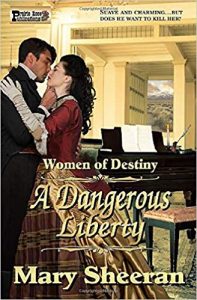 World-renowned composer and pianist Elisabeth Winters returns to the United States from Europe only to discover her life is in terrible danger. Though she wants nothing but to perform her concerts, she finds herself embroiled in layers of political and personal turmoil that have intertwined through the years she’s been abroad. The stakes are high—her life is in certain jeopardy.
World-renowned composer and pianist Elisabeth Winters returns to the United States from Europe only to discover her life is in terrible danger. Though she wants nothing but to perform her concerts, she finds herself embroiled in layers of political and personal turmoil that have intertwined through the years she’s been abroad. The stakes are high—her life is in certain jeopardy.
When she meets handsome William de la Cuesta under odd circumstances, she can’t deny her immediate feelings of trust. Yet, there is something that disturbs her about him, as well…a memory she can’t quite grasp. How can she trust someone she doesn’t know—someone like de la Cuesta, who could have everything to gain by her murder? Does she have a choice?
As Elisabeth invokes controversy on many levels, her world becomes even more chaotic with the treachery she discovers taking place in her own inner circle. As the daughter of a prominent senator who was murdered many years before, she takes up the causes he fought and died for—and discovers those powerful men who killed him are now out for her blood, as well.
In a post-Civil War America, can one woman fight to vanquish the same injustice her father battled? Elisabeth believes she can—for love of family, country, and William de la Cuesta—the love of her life— taking the risk of A DANGEROUS LIBERTY is worth everything!
“Sheeran does an excellent job of weaving American history with Elisabeth’s story and experiences of a woman fording the treacherous and changing undercurrents of a nation at war within itself…Her story is thoroughly engrossing…Elisabeth’s determination not only powers the plot, but lends a bright, well-researched and strong perspective to a story that achieves much by not equating romance with surrender, but [with] growth.” – Midwest Book Review
“Drama, action, and plenty of romance…Overall, A Dangerous Liberty is an evocative and emotive work that speaks of high literary quality and excellent historical content.” – Readers’ Favorite
BUY THE BOOK
Category: Contemporary Women Writers, How To and Tips




